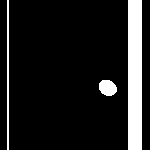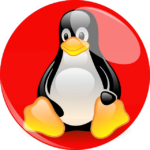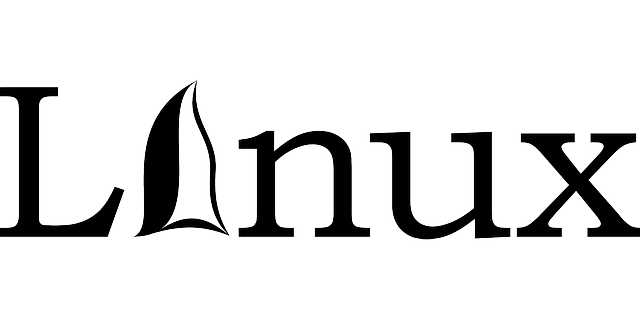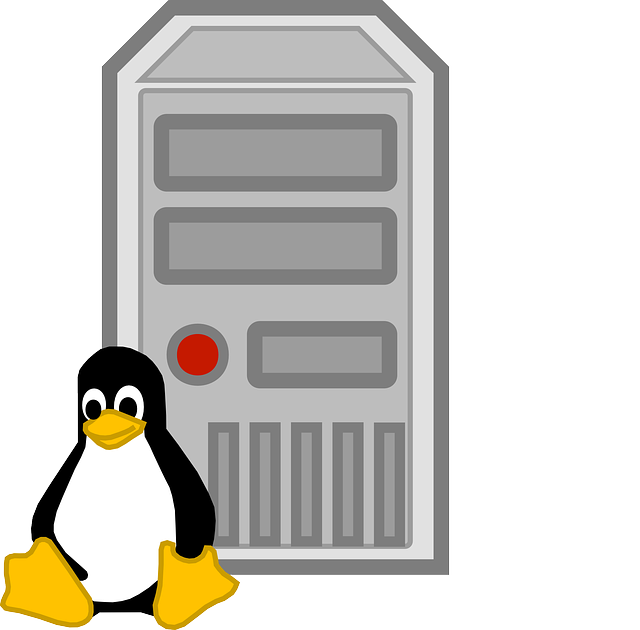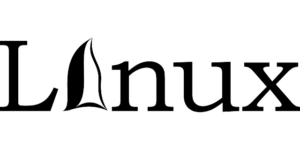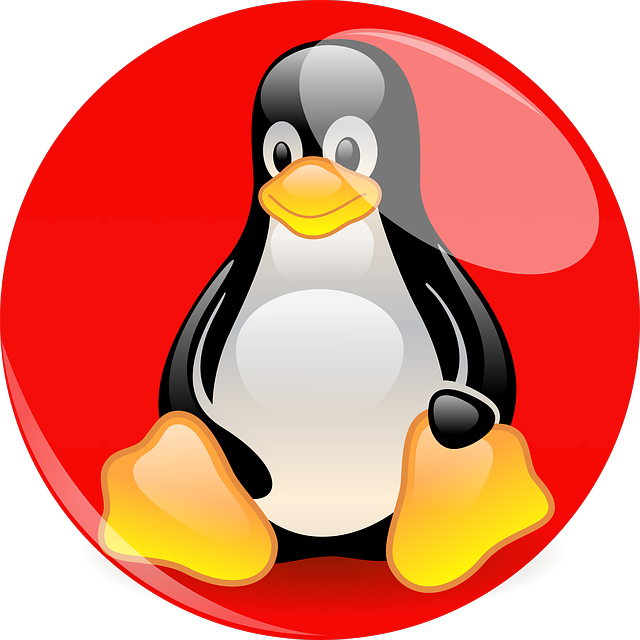Graphic Designing has seen a significant evolution with the integration of collaborative multi-user support systems, which have become essential for modern design teams. These tools facilitate real-time, cross-disciplinary collaboration, enhancing project quality and fostering innovation through immediate feedback and shared resources. They offer simultaneous access to project files, accelerating turnaround times and ensuring a cohesive final product by visualizing changes in real time and integrating communication within the design environment. The cloud-based nature of these systems further enables seamless collaboration across different time zones, harnessing diverse perspectives and expertise for greater creativity. Version control features safeguard every contribution, preventing issues like overwriting or lost work. As a result, these advanced support systems have set new standards in graphic design, breaking down geographical barriers and unlocking the full potential of collaborative efforts to create exceptional designs that benefit from collective intelligence and global connectivity. The future of graphic designing is poised to become even more efficient and innovative as these tools continue to evolve.
In an era where visual communication is paramount, the fusion of collaboration and technology in graphic designing has revolutionized the way creative teams work. This article delves into the transformative power of multi-user support systems, which are reshaping the collaborative landscape in graphic design projects. We explore the evolution of these tools, key features that enhance teamwork, and the impact of real-time editing and feedback mechanisms on project efficiency. Through case studies of successful multi-user design initiatives, we uncover best practices and strategies for harnessing these platforms to their fullest potential. Furthermore, we address common challenges in collaborative environments and offer insights into future trends. As we navigate the benefits of shared workspaces and the integration of feedback loops, this article underscores the importance of tools and software designed specifically for multi-user graphic designing. It also provides strategies for effective asset management, fostering a creative atmosphere, ensuring data security, and maintaining version control in these dynamic environments. Ultimately, our examination aims to quantify the enhancement in team performance and creativity that stem from leveraging multi-user support systems in graphic design workflows.
Leveraging Multi-user Support for Enhanced Collaboration in Graphic Designing Projects
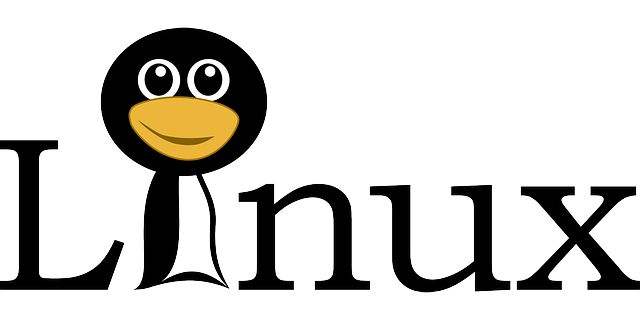
In the realm of graphic design, collaborative efforts are often key to producing innovative and high-quality visual content. Multi-user support systems have revolutionized the way designers work together by enabling real-time collaboration on projects. These platforms facilitate seamless integration and interaction among team members, allowing for immediate feedback, iterations, and shared resources. With graphic designing projects that span across different disciplines and require diverse skill sets, having a robust multi-user support system in place is not just beneficial but indispensable. It ensures that all stakeholders can access the project files simultaneously, leading to faster turnaround times and a more cohesive final product. The ability to view changes as they happen and to communicate directly within the design environment keeps the creative process aligned with the project’s objectives and enhances the overall collaborative experience.
The integration of multi-user support in graphic design software has made it possible for teams to work efficiently, regardless of their physical location. This cloud-based functionality not only streamlines the design workflow but also opens up opportunities for collaboration across different time zones. By leveraging these tools, designers can combine their unique perspectives and expertise, resulting in solutions that are richer and more creative. Moreover, the version control features inherent to such systems prevent overwriting or loss of work, ensuring that every contribution is valued and preserved. This level of support for collaboration is a game-changer in the graphic design industry, fostering an environment where creativity knows no bounds.

In today’s collaborative landscape, graphic designing has increasingly become a field that benefits immensely from multi-user support systems. These systems facilitate real-time collaboration among designers, allowing for seamless integration of ideas and design elements. The ability to work concurrently on a project, with each designer contributing their expertise, significantly accelerates the creative process. It enables teams to iterate designs faster, provide instant feedback, and make collective decisions that enhance the quality of the final output. This is particularly crucial in graphic designing where visual coherence and aesthetic harmony are paramount. With cloud-based platforms becoming the norm, designers can access shared files from anywhere, ensuring that collaboration extends beyond the confines of the office and into a global design studio. The efficiency gains from such systems not only optimize project timelines but also foster innovation by combining diverse perspectives within the creative process.
The integration of multi-user support within graphic designing tools has democratized design to an extent where collaboration is no longer confined to professionals with specialized software. This accessibility has led to a more inclusive and dynamic industry, where fresh ideas can emerge from unexpected sources. As these collaborative tools continue to evolve, we can expect even greater synergies between designers, clients, and stakeholders, further refining the graphic design process into one that is not only efficient but also rich in creativity and depth. The future of graphic designing lies in leveraging the collective intelligence and skills of a global team, with multi-user support systems serving as the backbone for such collaborative ventures.
Graphic designing projects often thrive on the synergy of a team working cohesively. The integration of multi-user support systems has proven to significantly amplify collaboration, fostering an environment where ideas can be shared and refined in real-time. This article has explored the transformative impact of such tools on the creative process, highlighting their role in streamlining workflows and enabling seamless communication among designers. As teams continue to navigate the complexities of remote collaboration, embracing these advancements becomes not just a competitive advantage but a necessity for success in the graphic design realm.




